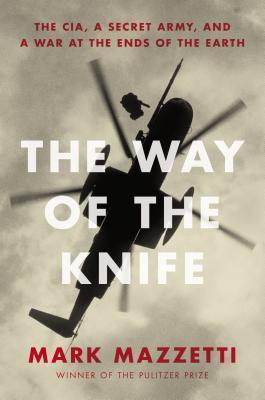What do you think?
Rate this book


400 pages, Kindle Edition
First published April 9, 2013
The residents of the Oval Office have turned to covert action hundreds of times, and often have come to regret it. But memories are short, new presidents arrive at the White House every four or eight years, and a familiar pattern played out over the second half of the twentieth century: presidential approval of aggressive CIA operations, messy congressional investigations when the details of those operations were exposed, retrenchment and soul-searching at Langley, criticisms that the CIA had become risk-averse, then another period of aggressive covert action.
-- Mazzetti, Mark (2013-04-09). The Way of the Knife: The CIA, a Secret Army, and a War at the Ends of the Earth (Kindle Locations 684-688). Penguin Group US. Kindle Edition.